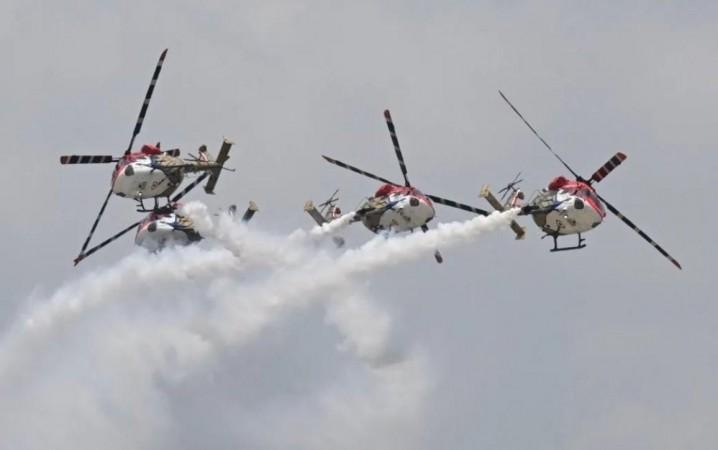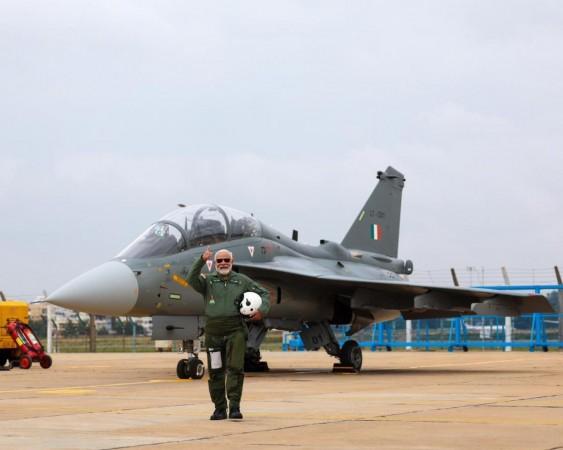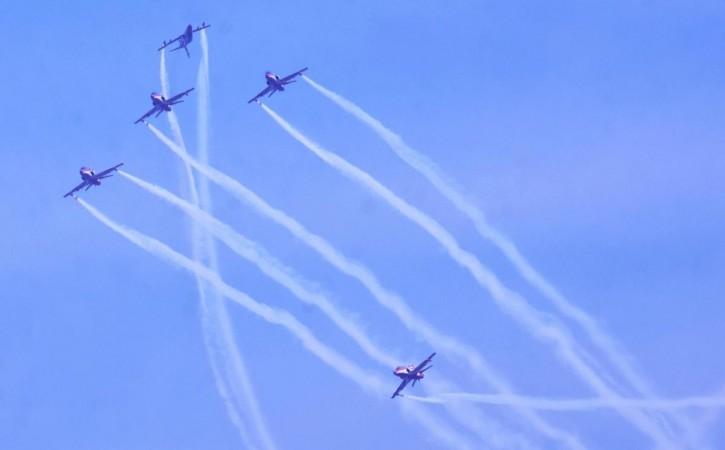
India recently marked a significant milestone in its military aviation history by hosting the multinational air exercise 'Tarang Shakti'. The exercise, held at the Sulur air base in Tamil Nadu, showcased the prowess of several aircraft, including the indigenously manufactured helicopters Sarang and LCA Tejas. The first phase of the exercise saw the participation of air forces from Germany, France, Spain, and Britain. The second phase, scheduled from August 29 to September 14, will include the air forces of the US, Australia, Greece, Bangladesh, Singapore, and the UAE.
Air Chief Marshal V.R. Chaudhari, commenting on the event, highlighted that it was a major achievement for India to organize such a large-scale air exercise. He noted that while bilateral air exercises have been a tradition for many years, this was the inaugural multinational air exercise for India, featuring six different types of aircraft, including the Eurofighter Typhoon and Rafale.
The exercise also featured an electronic warfare simulation, underscoring the importance of advanced electronic warfare capabilities in modern warfare. The simulation integrated various radar and air defense missile systems, replicating a complex combat environment. This was crucial for testing and enhancing the interoperability and readiness of participating forces in a networked warfare scenario, ensuring they could operate effectively against modern threats in a realistic, simulated environment.

A key focus of the exercise was India's 'Aatmanirbharta' or self-reliance, particularly with regard to the LCA Tejas, an indigenously manufactured fighter aircraft. The LCA Tejas, a symbol of success for India, demonstrated the country's self-reliance in military aviation technology. By participating in a multinational exercise, the LCA Tejas underscored India's ability to design, develop, and deploy advanced combat aircraft on a global stage.
The overall objective of conducting multinational air exercises like Tarang Shakti is to enhance interoperability, improve combat readiness, and foster mutual understanding among participating nations' air forces. These exercises allow for the sharing of best practices, testing of new tactics and technologies, and strengthening of strategic partnerships. By simulating real-world scenarios, they prepare forces to operate effectively together in potential joint missions, thereby increasing the collective capability to respond to regional and global security challenges.
Historically, multinational air exercises have played a crucial role in fostering international cooperation and enhancing military capabilities. For instance, the Red Flag exercise, hosted by the United States, is one of the largest and most complex air warfare exercises in the world, involving multiple nations and a wide range of aircraft. Similarly, the Pitch Black exercise, hosted by Australia, is a biennial multinational air combat exercise aimed at enhancing combat readiness and fostering partnerships among participating nations.

The hosting of the Tarang Shakti exercise marks a significant milestone in India's military aviation history, showcasing the country's growing capabilities in hosting and coordinating complex multinational drills. The exercise not only enhances interoperability and combat readiness among participating nations but also underscores India's commitment to self-reliance in defense production, as exemplified by the indigenously manufactured LCA Tejas. As India continues to strengthen its military capabilities and foster international cooperation, exercises like Tarang Shakti will undoubtedly play a crucial role in shaping the country's defense landscape.

















